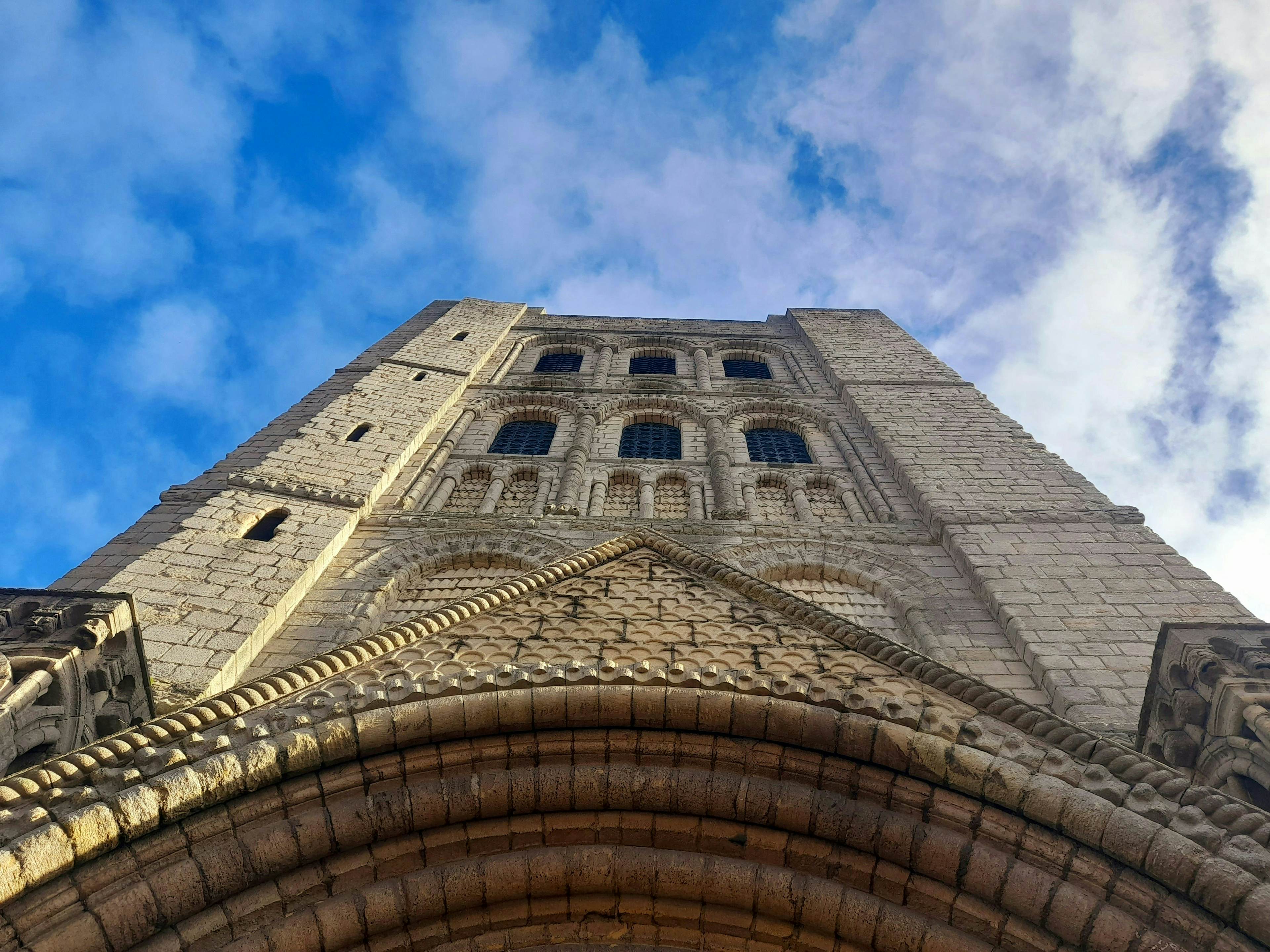Norman Tower
About Norman Tower
The Norman Tower, located in Bury St Edmunds (IP33 1RD), UK, is one of the town’s most remarkable medieval landmarks. Situated next to St Edmundsbury Cathedral, the tower stands as a magnificent example of Norman architecture and a gateway to the cathedral grounds. Built in 1120 as part of the original Abbey of St Edmund, this grand structure was originally intended as the abbey's bell tower and now serves the same function for the cathedral.
What makes the Norman Tower unique is its imposing design, featuring thick stone walls, rounded Norman arches, and detailed carvings, which reflect the architectural style of the era. Unlike many Norman buildings that have succumbed to time, the tower remains impressively intact, offering a glimpse into the early 12th century. The tower’s iconic presence also plays a role in the town’s identity, symbolizing Bury St Edmunds' rich religious history.
Visitors can access the exterior of the Norman Tower freely, as it sits in the heart of the town’s historical precinct. While entry to the tower itself is typically restricted, the surrounding St Edmundsbury Cathedral is open to the public, with a nominal donation requested for visits. This area offers a peaceful setting to admire both the tower and the beautiful cathedral grounds, making it an excellent stop for history buffs, architecture enthusiasts, and those interested in England’s religious heritage.
The best time to visit the Norman Tower is during spring and summer when the weather is mild, and the surrounding gardens are in bloom. However, the tower’s dramatic silhouette is equally captivating in autumn and winter, providing a more atmospheric experience.
One interesting fact about the Norman Tower is its connection to the Abbey of St Edmund, one of the most important pilgrimage sites in medieval England, before the Dissolution of the Monasteries. There are also local legends that speak of mysterious echoes heard within the tower, adding to its mystical allure. Though the tower has not appeared in any major films, its cinematic charm and historical importance make it a highlight of any visit to Bury St Edmunds.
